EAT216: Computer-Aided Engineering Carabiner Design Report
VerifiedAdded on 2022/07/28
|6
|724
|13
Report
AI Summary
This report presents a Computer-Aided Engineering (CAE) analysis of a carabiner, focusing on its design and performance under load. The study utilizes Finite Element Analysis (FEA) within Solidworks software to simulate the behavior of an alloy steel carabiner subjected to a 20KN force. The analysis includes detailed diagrams of the carabiner's geometry, loading conditions, and fixture setups, replicating real-world applications such as tensile, fixed-end, zipline, and pulley scenarios. Key material properties, including strength and ductility, are discussed in the context of their impact on the simulation results. The report highlights the stress and deflection results, with maximum displacement at the central part of the component and maximum stress at a fixed location, and compares these values against the material's yield strength to assess the component's structural integrity. The report concludes with recommendations for design improvements, such as using a higher tensile strength material and increasing the thickness of the central part to enhance the carabiner's performance. The report references relevant literature on material properties and FEA techniques.
1 out of 6
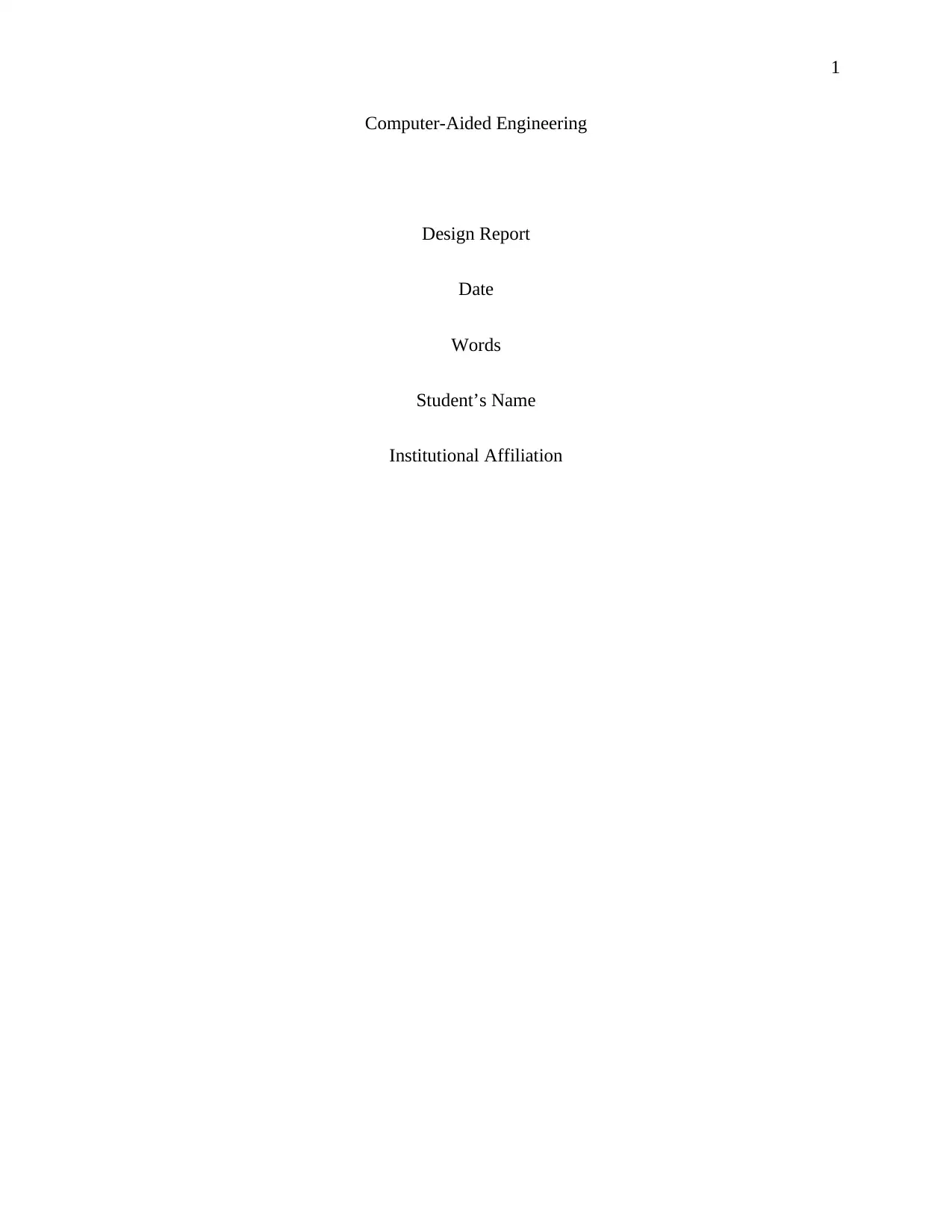
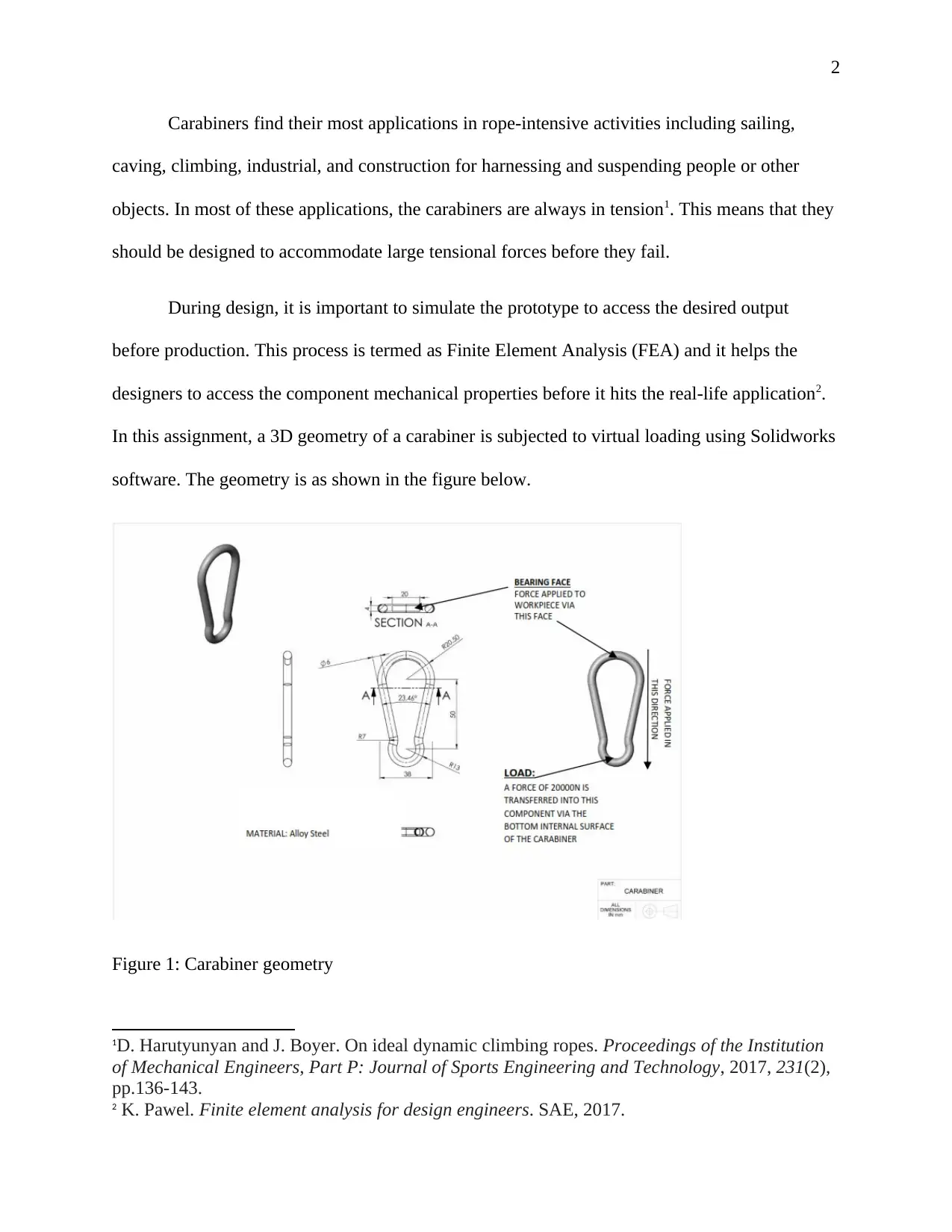
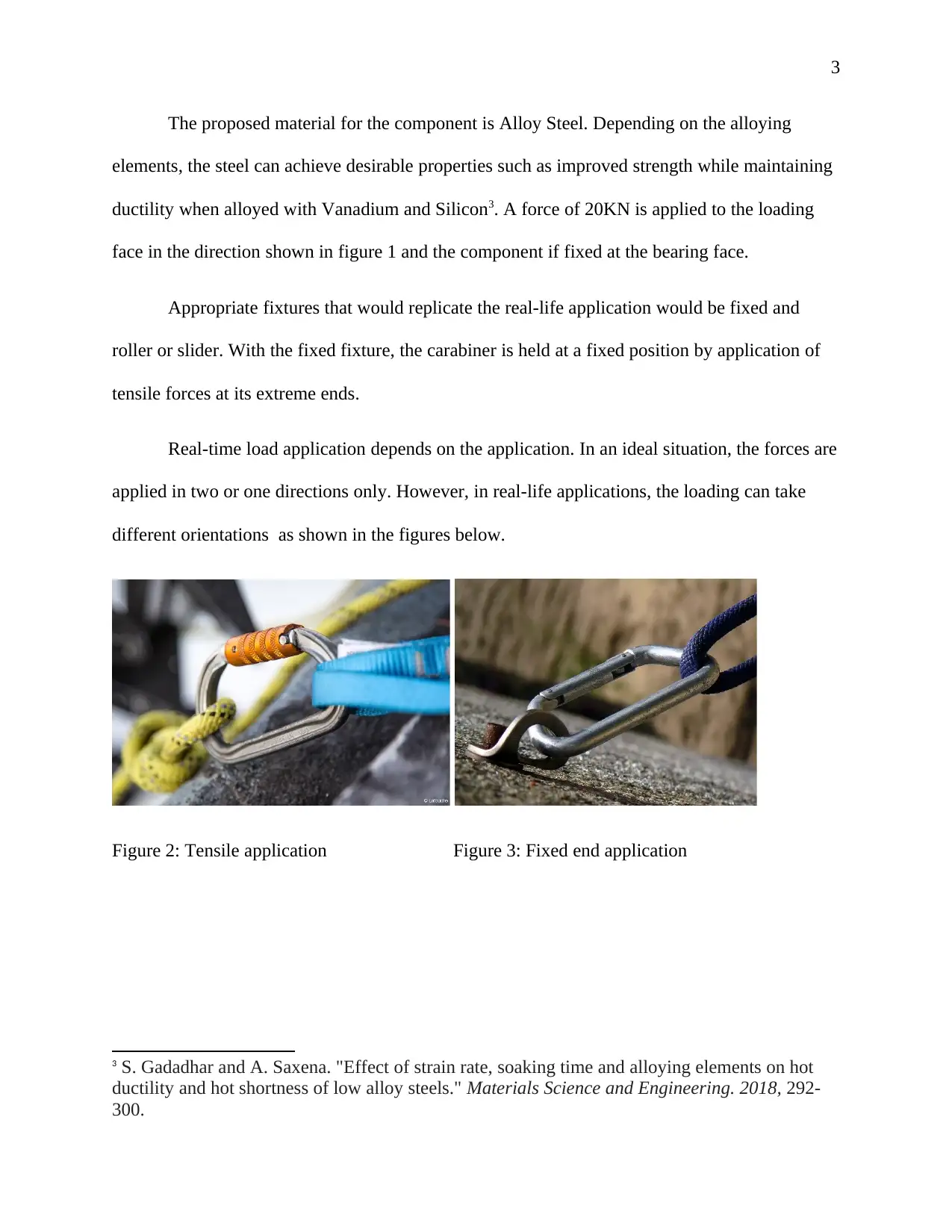

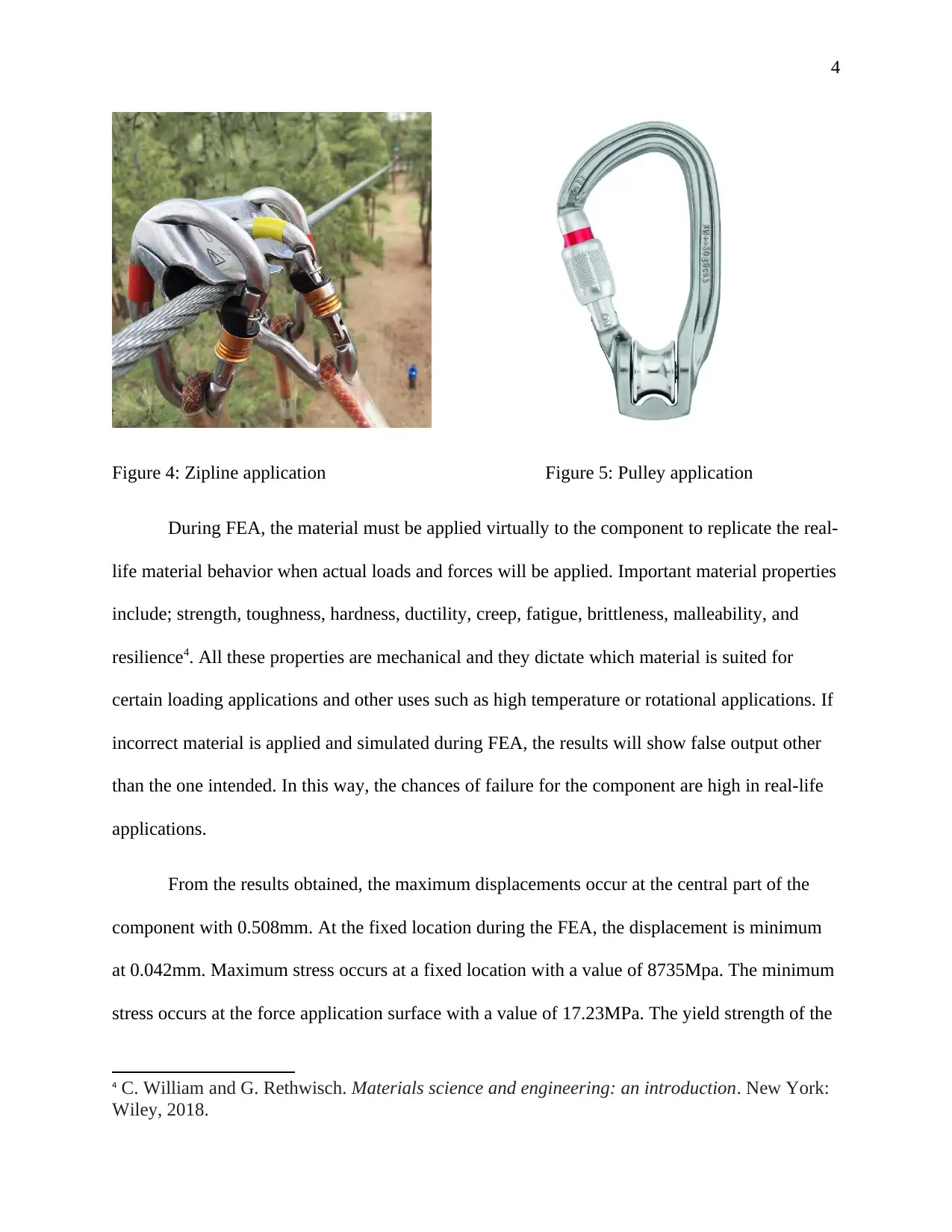
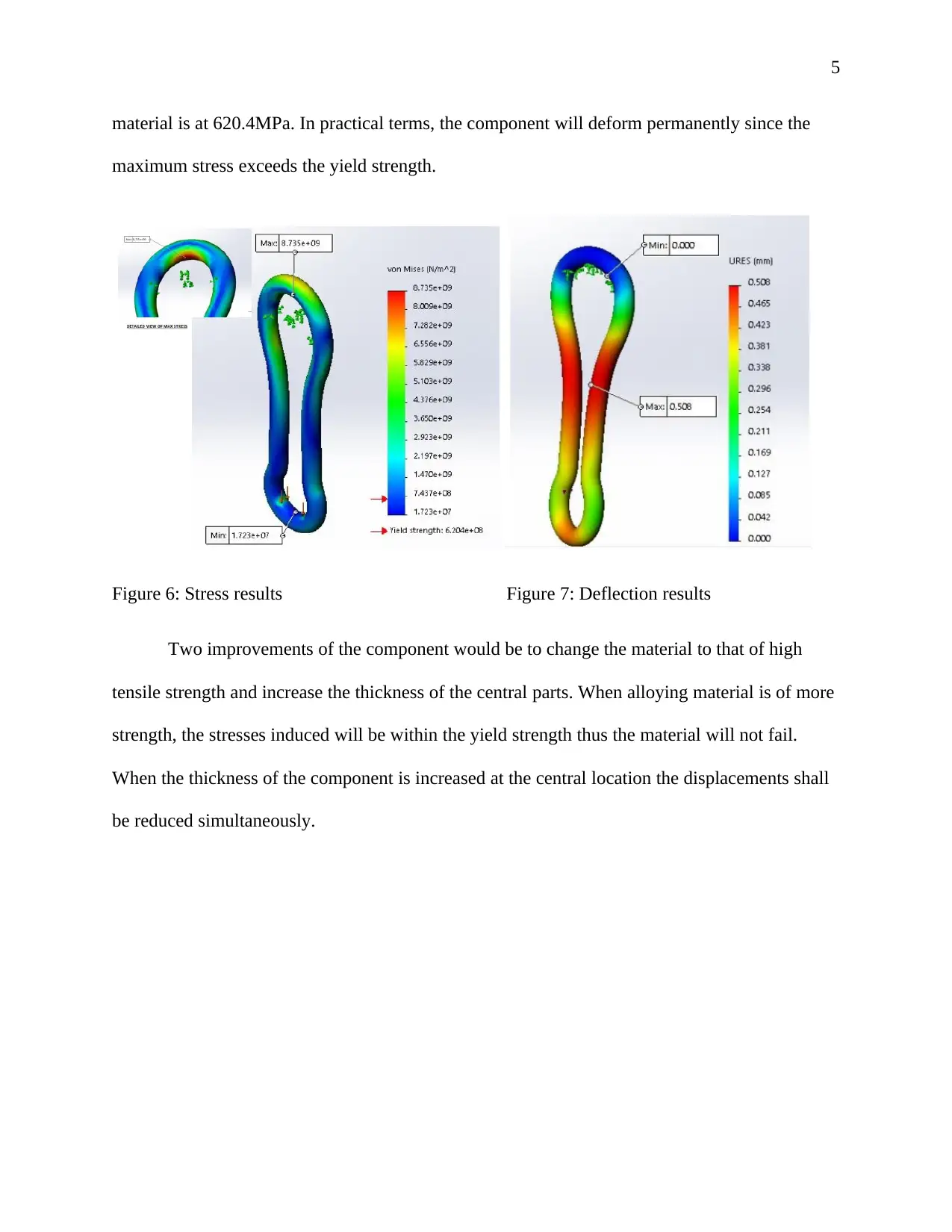
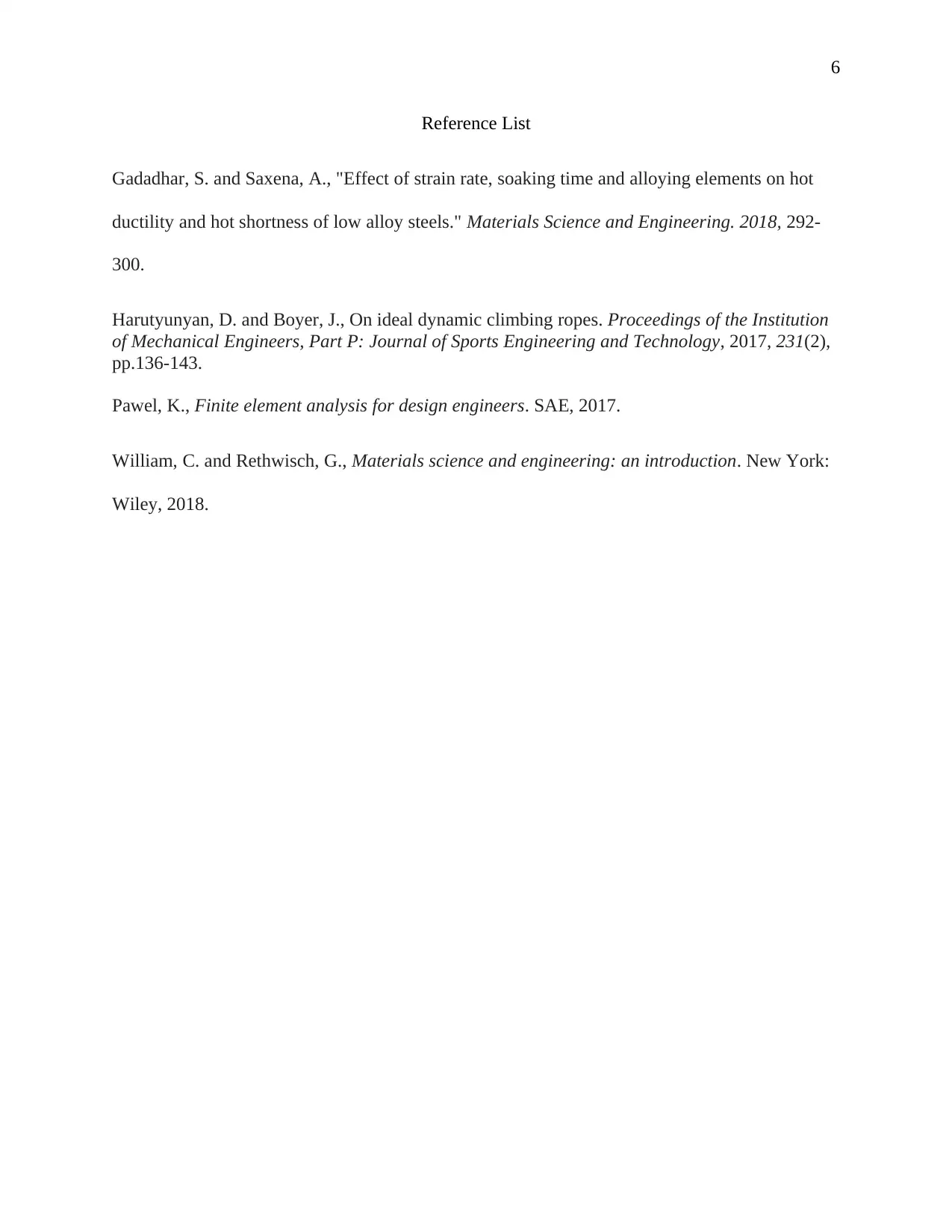





![[object Object]](/_next/static/media/star-bottom.7253800d.svg)